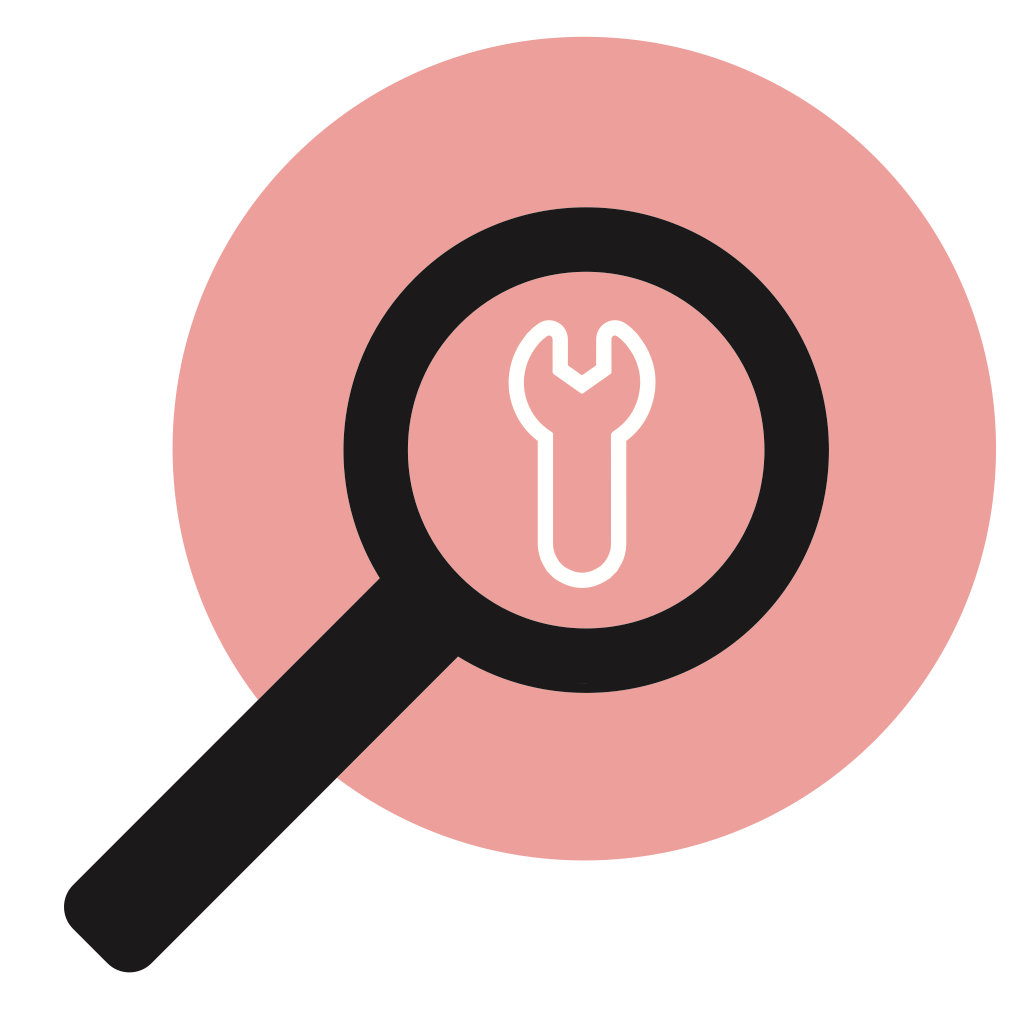Close-up on 7 ways of coping: Breathing and sleeping
Previous / Next
Coping Strategies
Part 10 - Close-up on 7 ways of coping
Breathing and Sleeping
In this section, we will be looking at the art of breathing, sleeping, music, ways to switch off the brain, and the art of decluttering as well as laughter and stomach bacteria!